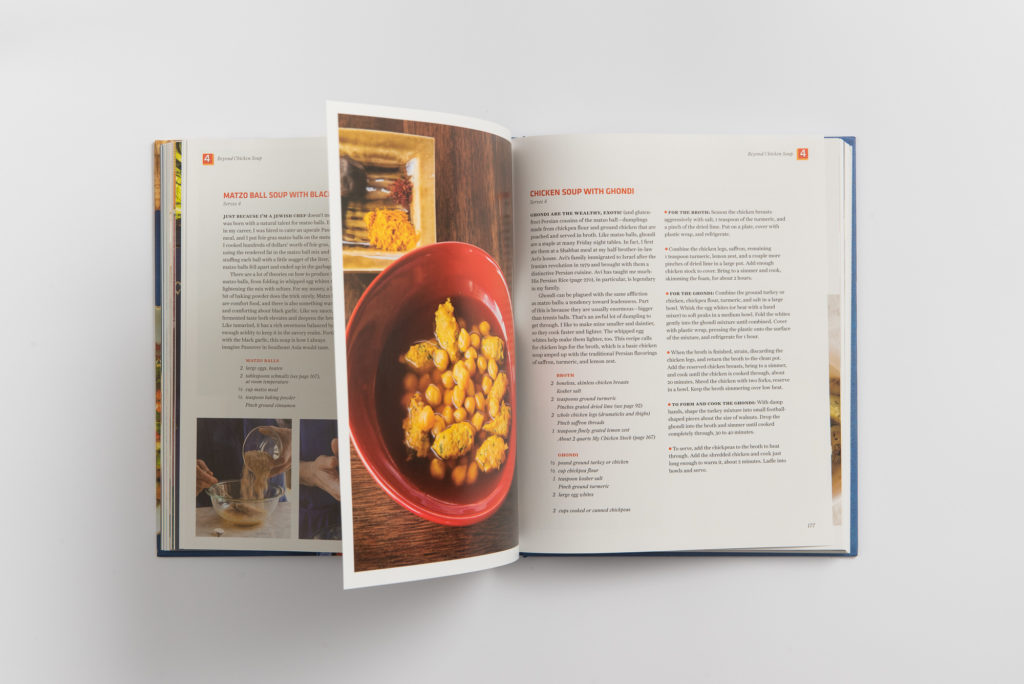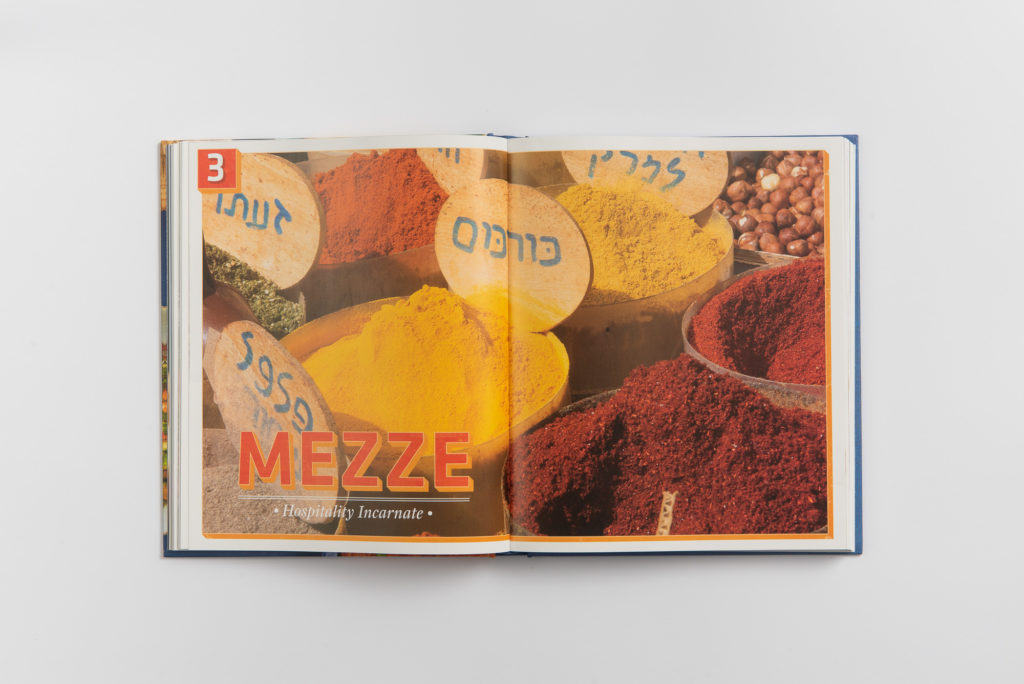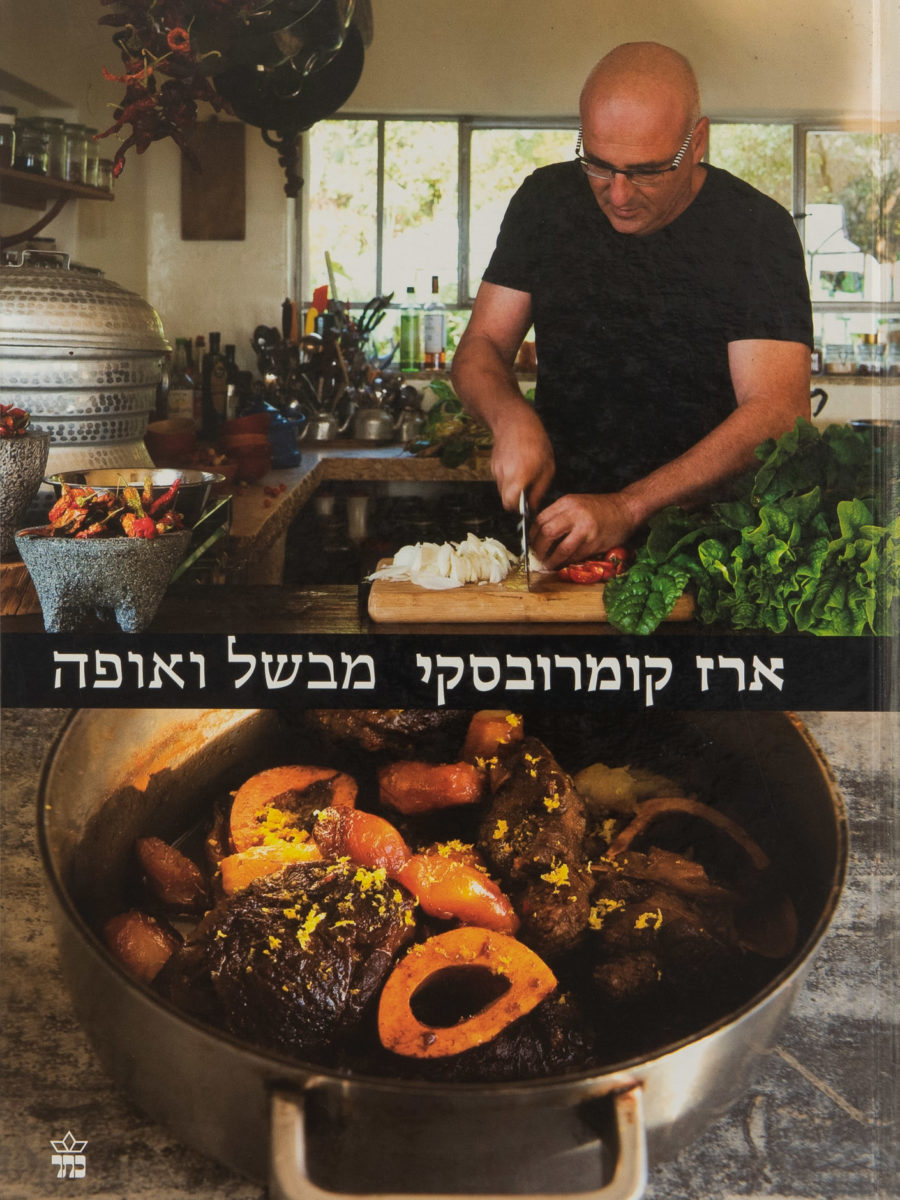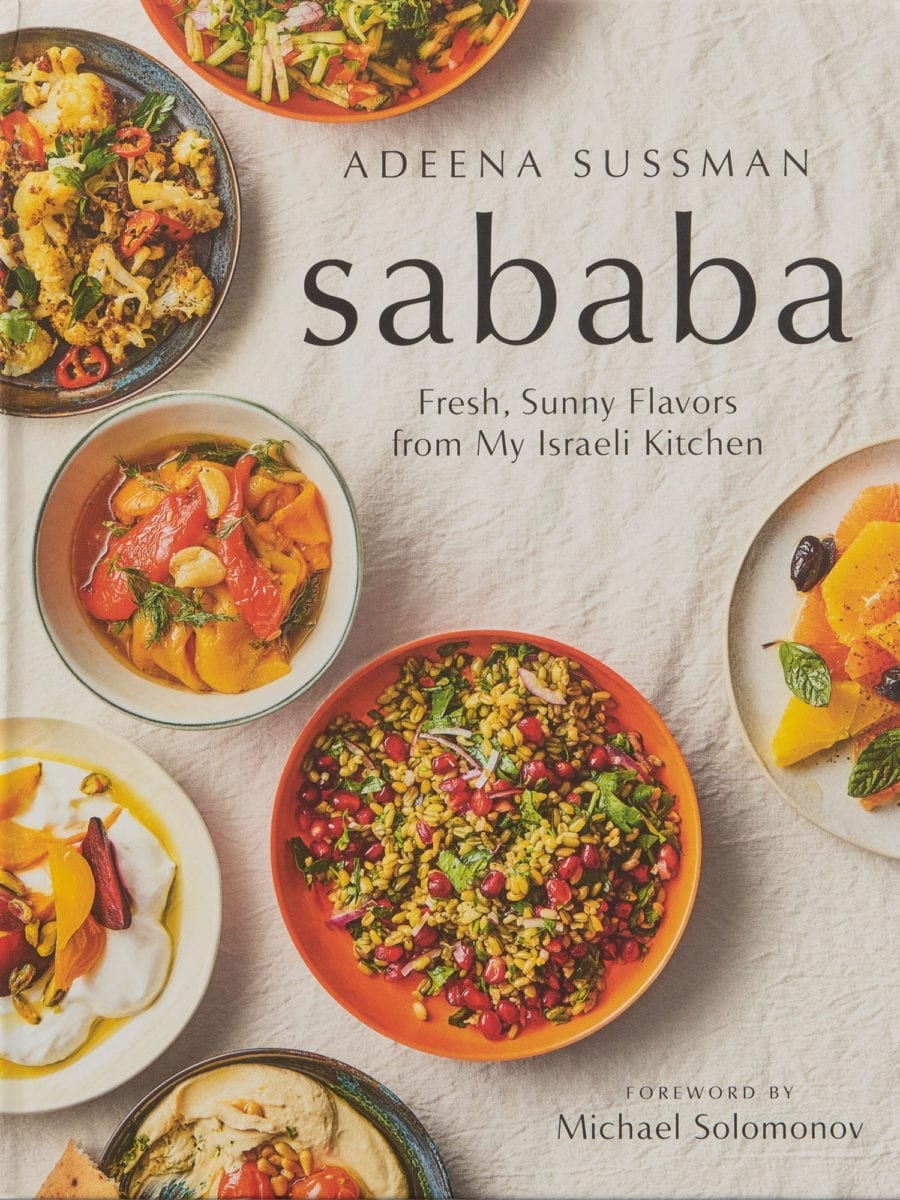
Zahav: A World of Israeli Cooking
Award-winning chef Michael Solomonov and business partner Steven Cook’s debut book offers more than recipes from their acclaimed restaurant Zahav in Philadelphia; it is a deeply personal narrative. In the introduction, Solomonov writes: “It’s all inextricable, the life and the food. How could it be otherwise?”
He shares the story of his brother David who was killed by snipers fighting in the Israeli army, memories of his Bulgarian grandmother savta Mati and their bond formed over bourekas, and the journey that led him to open Zahav with Cook. The story is illustrated with approachable recipes like those for Israeli pickles, Zahav’s famed hummus, Persian rice with black-eyed peas and dill, and his mom’s coffee-braised brisket.
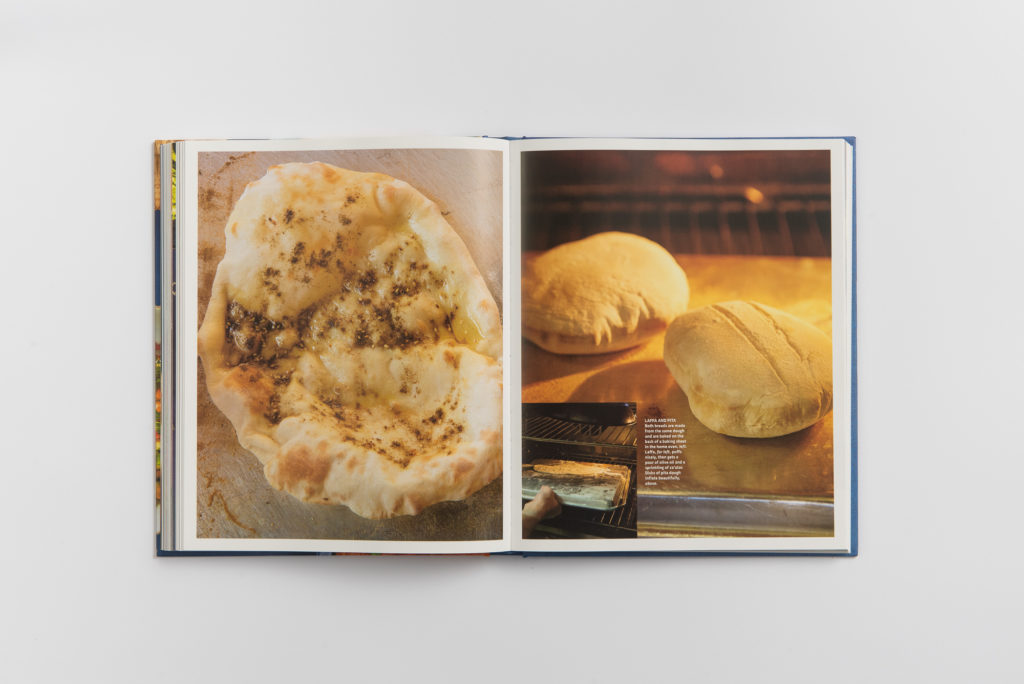
Adeena Sussman’s recommendation of ‘Zahav’, as told to Gabriella Gershenson
What I appreciate about “Zahav” is that it encouraged me to not be afraid to be an outsider in a culinary culture. As an American-Israeli, Michael Solomonov lives in the U.S. and travels back and forth between the two countries. Through the process of his cooking, and the way he explains the ingredients, he brings insight to the cuisine in a way that someone who is embedded in it might actually not be able to. You see different distinctions as an outsider. It’s about bringing those things to light.
Zahav is also a celebration of immigrant culture and immigration to Israel, which includes the story of Michael’s family. The multicultural layering in the book feels very natural. Seeing pictures of Michael’s kids and his family in the cookbook speaks to the American-Jewish pilgrimage to Israel, an aspect of life and culinary life that to a lot of people is very important. Visiting with your family and connecting to Israel through food is kind of its own birthright. You go, you eat, you talk, you sit, you learn, you listen, and you come away with an edible understanding of Israeli culture, some things that you might not be able to pick up by reading a book or visiting Independence Hall.

Similarly to how he came to prominence with Zahav, his restaurant in Philadelphia, and brought Israeli food to the masses in a way that is very accessible but also very elevated, I think Michael did the same with this book. The recipes are very homey and the way they’re photographed and presented is very accessible. Because Michael is a professionally trained chef with decades of restaurant experience, the recipes are methodical and thorough. Michael gives the reader confidence to cook the recipes. I also like that in the pictures, you mostly see the hand of a cook, as opposed to the hand of a stylist. It is a cook’s book in a lovely way.
This book also opened up doors for people like me who were interested in exploring Israeli food as a “non-complete” Israeli. It gave me permission to do so: to embrace the food more, to celebrate it, and to delve deeper into it. I know Michael personally and have felt very supported in my culinary endeavors regarding Israel. I think there is a dialectic going on among the people who are working on books related to Israeli food. We share information, look at each other’s work, and see where we’re contributing something different, and how we are lending something to the conversation about Israeli food as insider-outsiders. Even someone like Einat Admony who is Israeli but has lived in the U.S. for 20 years has a different perspective. I am an Ashkenazi Jew who found herself living in the Carmel Market, and Michael has one Israeli parent and an American one and spent his life going back and forth to the two places.
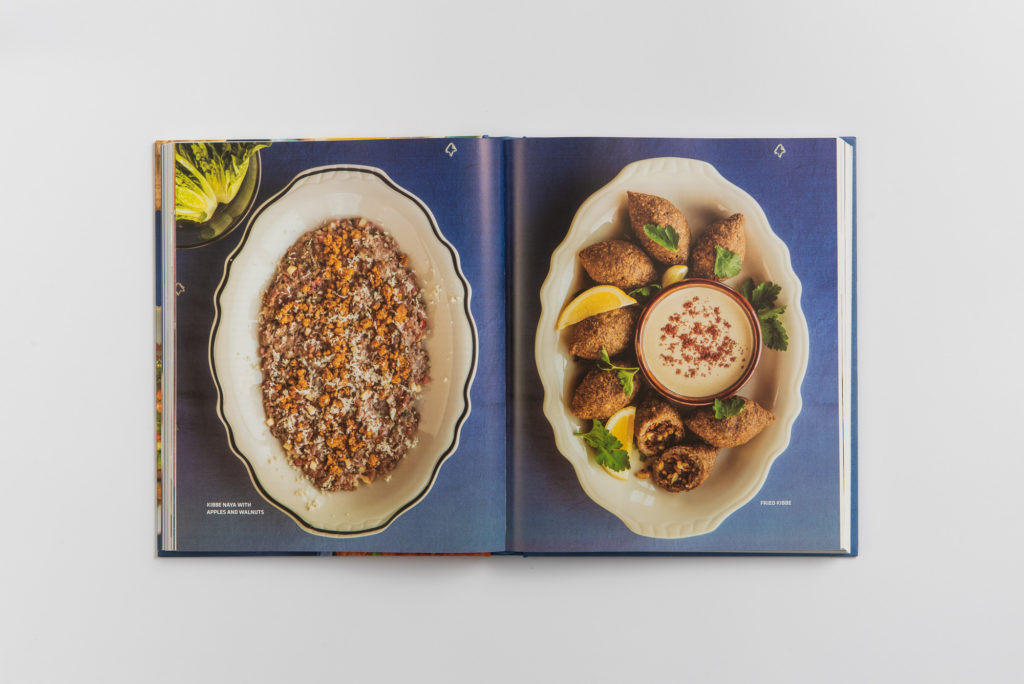
The story of Israeli food and Jewish food in general is about all of this migration and blending and going back and forth and bringing things with you. You can look at it in the context of decades or generations or hundreds of years or in micro time periods. Michael’s book came out 6 years ago, Einat’s book “Balaboosta” came out 8 years ago, and look how far Israeli food has come in this short time because of people like them and the wide embrace of the food as a more permanent part of the way Americans cook, as opposed to a curio cuisine. It’s not an Instagram trend. This is a whole culture. Learning and telling the stories behind the food and sharing with the world how nuanced the migrational blending is, and seeing how Michael does that through his use of spices and cooking techniques and his own Balkan-Bulgarian heritage, encouraged me to celebrate the cooking of my family in a way that maybe I wouldn’t have otherwise. It is very inspiring to me.
Book details
- author
- Michael Solomonov and Steven Cook
- publisher
- Rux Martin/Houghton Mifflin Harcourt
- Year published
- 2015
- Pages
- 368
